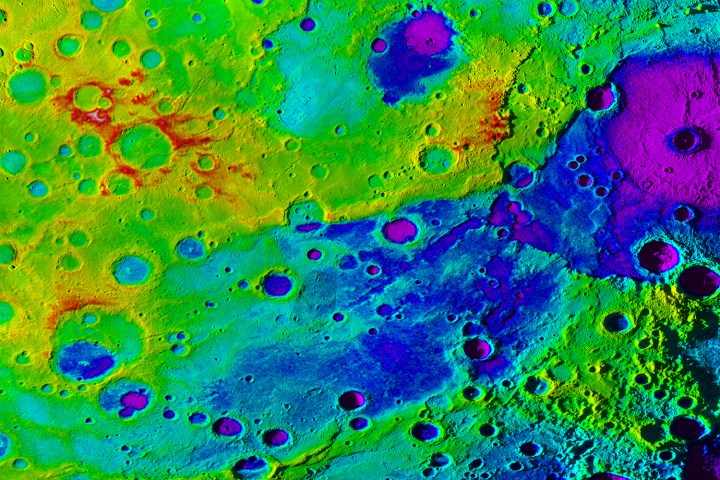
“The scale of this valley is enormous,” University of Maryland assistant professor Laurent Montesi told Digital Trends. “We do not have anything comparable on Earth.”
Earth’s large valleys form when rivers cut through rock and the planet’s crust stretches open. Mercury’s is the result of a single crust shrinking and creasing like a crumbled napkin. “On Earth, that typically forms mountain belts,” Montesi says, “but on Mercury, you can see it did that gigantic valley.”
Mercury’s great valley is located within the Rembrandt Basin in the planet’s southern hemisphere.
Montesi and his team used stereo images from NASA’s Mercury Surface, Space Environment, Geochemistry, and Ranging (MESSENGER) spacecraft, which became the first probe to orbit Mercury in 2011. MESSENGER took measurements and images of our solar system’s smallest planet during a series of flybys, before crashing into its surface in 2015.
“The scale of it — and the fact that the faults that limit the valley are essentially one giant structure — implies that the planet was quite cold when the valley formed,” Montesi said of the recent discovery. “That’s somewhat of a surprise, considering that we have evidence for more recent activity that implies a relatively warm interior to the planets — and planets are expected to only get cooler over time.”
The researchers published a paper detailing the discovery in the journal Geophysical Research Letters last week.


